- Category
- War in Ukraine
The Turtle Tank, Russia’s Giant Leap Backwards
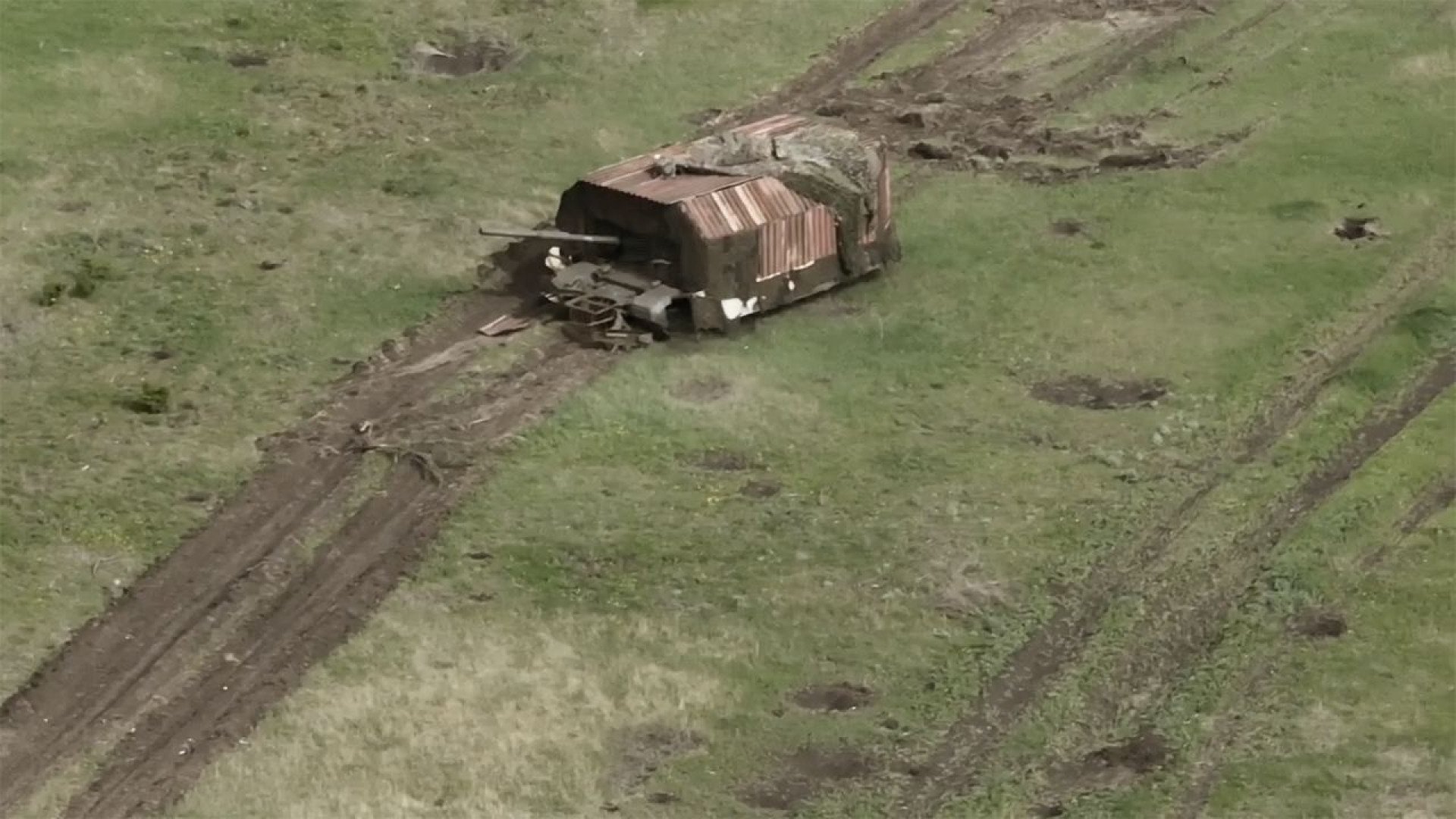
No one expected the important role loitering drones would play in the war in Ukraine. Especially Russia, whose crude battlefield modifications for their tanks have spawned the Turtle Tank—a new addition to the battlefield “cope technology.”
For much of the 20th century and onward, the Soviet Army and its Russian successor were considered a sizable foe to the United States. Many films and news reports at the time struck fear deep into the hearts of Americans, projecting a mighty military no reasonable government would want to engage in a direct conflict with. Some of that still resonates today.
At the start of the 21st century, Ukraine, a country numerically and geographically smaller than Russia, had no choice but to stand up to the global bully and become the first modern army Russia had engaged in decades. Predictions showed Ukraine falling in a matter of days, which meant Russia wasn’t prepared for a prolonged conflict and was exposed as a paper tiger.
Prepared for 21st-century war?
The first months of the war showed serious issues within the Russian Defense Ministry. These included rampant corruption, corroded military stockpiles and munitions, and basic provisions far below adequate wartime levels. Soldiers were sent to the front line to fight with what little could be provided.
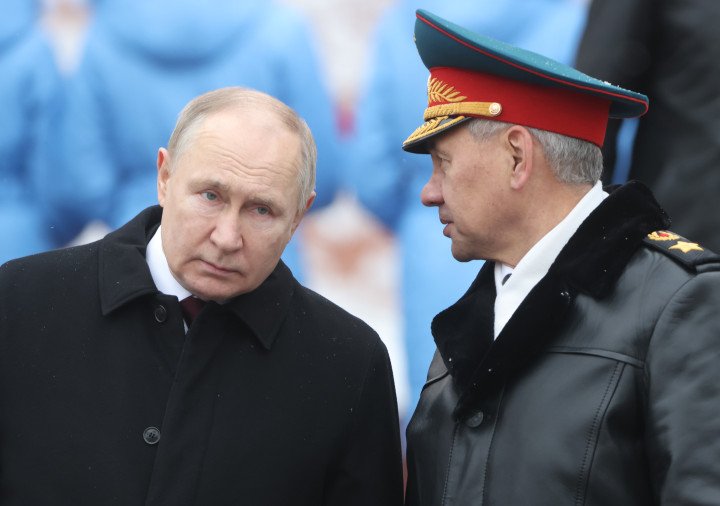
In the occupied territories, tried and true Russian tactics of air superiority and scorched earth bombing campaigns before a mechanized assault only worked for so long. Ukrainians began to fight back and recapture territory. The quick “in and out” operation would soon turn into a drawn-out war of attrition.
Russia wasn’t equipped for a modern conflict with a Western-supplied nation like Ukraine. Russian vehicles were also never prepared for the high level of usage of loitering drones. Quality and innovation were never a problem for equipment produced in the West, unlike Soviet equipment, which mainly intended to focus on quantity and not quality.
Enter the Turtle Tank
The Turtle Tank refers to an enclosure of sheet metal, typically built around a T-72 tank. It was built after months of trial and error. As the new spiritual successor of the “cope cage” (formally known as drone nets), it was first seen in action during Russia’s Kharkiv offensive. Where wooden logs and mesh wire screens couldn’t succeed, sheet metal would now carry the torch.
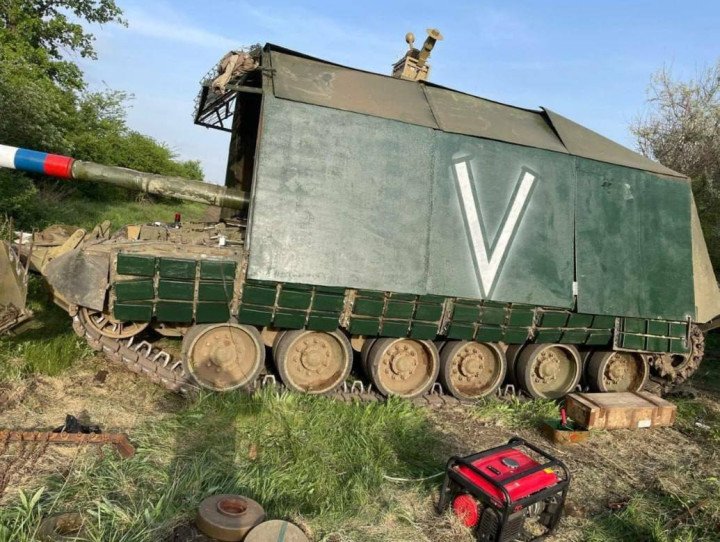
The comical nature of this modification is in the crude nature with which it was built. The design has one thing in mind: creating an extra layer of protection between the main battle tank and an incoming Ukrainian projectile—typically an FPV drone.
The moment when you thought you were prepared for anything, but then...
— Defense of Ukraine (@DefenceU) May 21, 2024
A russian "turtle tank" was blown up by a few landmines at once.
📷: Shadow Unit pic.twitter.com/Snx7q2DqAq
Where it does succeed in added protection, it also raises some serious design flaws. For one, the tank turret is now incapable of rotating 360 degrees; second, escaping the tank in the case of a critical hit becomes much harder. There is also the issue of crew visibility and combat effectiveness against enemy armor. With these turtle modifications, the tank merely becomes a mode of transport for troops into contested territory.
Though the practice of reinforcing armored vehicles is not uncommon, the crude nature in which the Turtle Tank was built is. This raises a larger question for the second-strongest army in the world: Why not attach mobile electronic interference systems to tanks and armored vehicles? One can assume it’s because they don’t have enough of them.
A brief history of reinforced armor
Projectiles fired from tanks and artillery use their kinetic energy and, in some cases, the chemical energy of an explosive charge to penetrate armor. These projectiles can be kinetic energy penetrators (like armor-piercing fin-stabilized discarding sabot rounds) or high-explosive anti-tank (HEAT) rounds. Kinetic energy penetrators rely on their high velocity and mass to punch through armor, while HEAT rounds use a shaped charge to focus an explosive blast into a jet of molten metal that can penetrate armor.
Armored targets have certain vulnerable areas where a projectile can pierce through the armor and cause internal damage, potentially leading to an explosion or fire. This penetration can be catastrophic, leading to the destruction of the vehicle and harm to its crew.
Through a bit of battlefield ingenuity, the idea of mounting extra layers of armor to either withstand or reroute the course of a projectile presented a solution to mechanized battalions throughout the industrialized world. However, in the 20th century, this made a whole lot of sense. Technology just wasn’t at the level it is today.
During World War II, Soviet tanks were fitted with bedspring mattresses to counter German anti-tank weapons. In the Vietnam War, American M113 armored personnel carriers were equipped with additional armor for protection from guerrilla-style “hit and run” attacks. Similarly, in the Syrian Civil War, Syrian rebels used makeshift armor on the infamous Toyota Hilux to enhance its survivability.
Time to ditch the extra armor?
The plethora of unmanned drones in the Ukrainian combat theatre can currently define modern warfare. A significant percentage of casualties can be attributed to them in May of 2024. The same can be said for the destruction or incapacitation of vehicles.
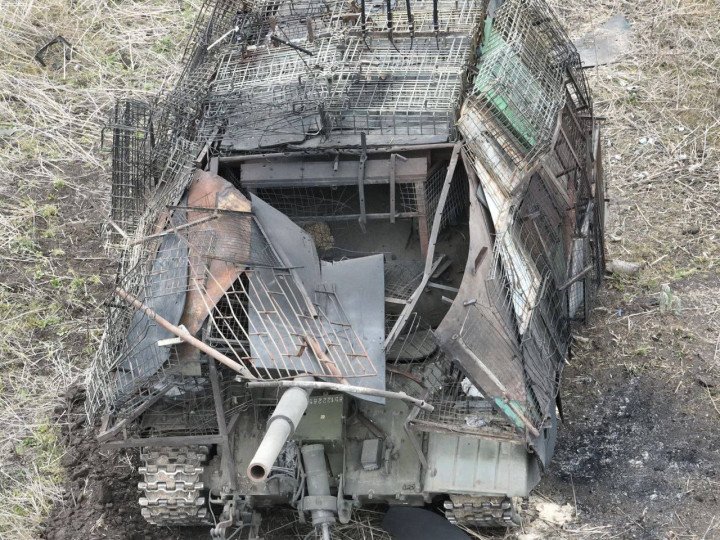
Technology has gone a long way from relying on bulky armored modifications. Most modern Western armored vehicles and main battle tanks in development right now will feature something called “active protection systems” (APS). APS is designed to detect and intercept incoming projectiles before they hit the vehicle, using radar and other sensors to deploy countermeasures, such as explosive charges, to neutralize the threat. Systems like the Israeli Trophy APS and the U.S. Iron Fist are great examples.
Some vehicles also implement reactive armor, which consists of explosive-filled tiles or panels that detonate upon impact, creating a counter-explosion that disrupts the incoming projectile's penetrative force. Reactive armor is used on many modern tanks, including the Russian T-90 and Israeli Merkava.
The U.S Army has been testing and integrating APS on the Abrams tanks, such as the Trophy APS. The Bradley IFV is also being tested with similar systems to enhance its survivability against modern threats. Top-of-the-line tanks like the American Booker and British Challenger 3 are being developed with advanced armor and APS, including the Iron Fist APS. However, specifics are pretty murky at the moment.
It’s militarily industrially complicated
Never has there been so much available footage and imagery of war in modern history as there is in the Russo-Ukrainian war. In part, the availability of content like the debut of the Turtle Tank—filmed from a Ukrainian observation drone—does a lot of damage to Russian credibility and the brand of the Russian military-industrial complex.
A trophy 'turtle' tank in service with the #UAarmy.
— Defense of Ukraine (@DefenceU) June 17, 2024
The warriors from the 22nd Mechanized Brigade captured a russian tank with a metal roof atop its hull and turret.
📷: @army_tv_ua pic.twitter.com/RsnAi93HVl
Russia has dropped in rankings as the world’s third-largest exporter of weapons systems in the world—falling from second place in 2022. Statistics show that after the start of the war in Ukraine, exports have dropped by 53% between 2013-2018 and 2019-2023. This is partly due to increased domestic demand and sanctions imposed on Russia, but there are indications that months of footage showing the destruction of their once “superior” weapons systems is making potential buyers rethink their position.
As the conflict in Ukraine continues to unfold, some are skeptical that crude inventions like the Turtle Tank will be substituted with more well-thought-out technology. These makeshift solutions reflect a desperate attempt to adapt to evolving threats—without the “burden” of major institutional reform. The Turtle Tank is just one of many iterations of Russian battlefield “ingenuity” and overall, it does underscore the limitations of traditional armored tactics against contemporary warfare dominated by drones and guided munitions.
One must also consider the ongoing transition of military technology towards active protection systems and other innovations, as it is seemingly leaving a Russian military-industrial complex—resistant to change—behind in the dust.


-f88628fa403b11af0b72ec7b062ce954.jpeg)
-b63fc610dd4af1b737643522d6baf184.jpg)

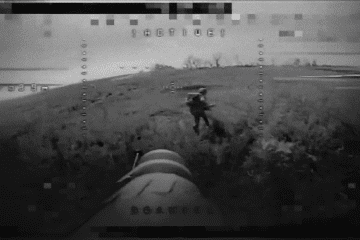
-29a1a43aba23f9bb779a1ac8b98d2121.jpeg)

-24deccd511006ba79cfc4d798c6c2ef5.jpeg)